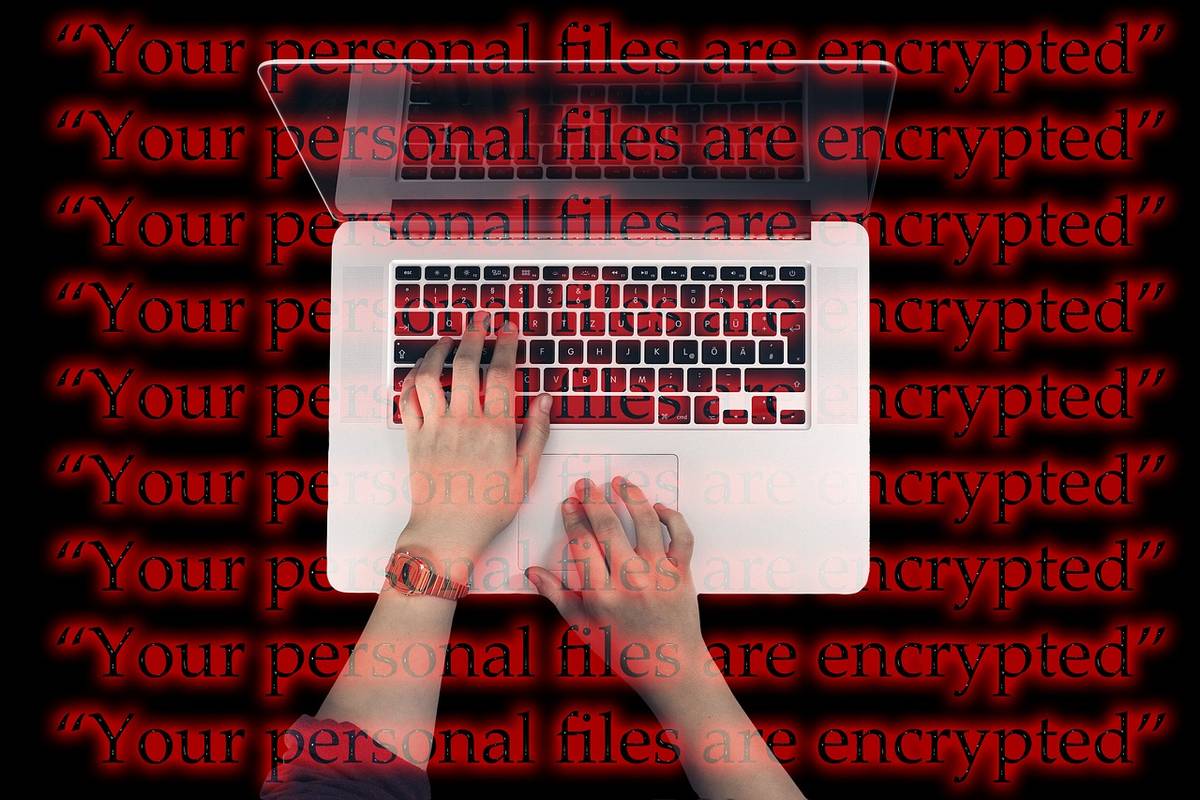Malware is one cyber security that non-cyber security individuals know better! Prevent malware attacks, It is no longer a periodic nuisance infecting a handful of systems. Rather, it has transformed into an enormous, sophisticated and systematic threat affecting entire networks.
Undeniably, it’s an ever-evolving danger that has fast become the greatest type of cybercrime, having names such as Trojan, virus, spyware, adware, and ransomware. According to a Data Breach Report by Verizon, more than 25% of data breaches were due to malware. Besides this, another report revealed that the `world’s largest cyber-attacks involved malware which affected over 150 countries and two hundred thousand victims.
Another report by Trustwave stated that cyber-attacks have intensified in the last eight months and Singapore companies are continuously under threat. The mid-sized enterprises and healthcare sector across Singapore have reported an increase in malware attacks, with 73,500 patients’ data getting affected.
So, want to know how big a deal are malware attacks? Continue reading as we uncover preventive actions to protect your precious data from getting into the wrong hands.
Malware
In the simplest term, malware is malicious software cybercriminals use to exploit, damage, or even disrupt a network. Users normally download malware through seemingly legitimate pop-ups, flashing messages, prize announcements, and unknown applications.
At times, we aren’t even aware, and malware would be doing its job on our computers. Despite removing malware, one can avoid its damage. In fact, the Cyber Security Agency of Singapore (CSA) figures highlight that ransomware victims in Singapore increased by 154% in one year.
You can search for IT Support Singapore to see which firm provides the most affordable and efficient services. IT support services help organizations against cybercrimes. These cyber security professionals and departments usually monitor networks to detect and catch malware before it causes any damage.
How To Prevent Malware In The First Place
Without a doubt, professionals and companies must follow these practices to keep their data protected from getting into the hands of the wrong person. However, there is no single method that’s 100% fool-proof, but here are a few tried and tested techniques to keep cybercriminals at bay.
In 2020, experts identified around 270,000 different variants of malware. At the same time, the FBI IC3 reports that the total cybercrime-related losses were approximately worth $4.2 billion in 2020, 69% more than last year.
Therefore, it’s more important than ever that we implement these preventive measures to secure our sensitive information and data from misuse and exploitation.
1. Use network and endpoint security tools
The first and foremost thing on our list is implementing the right tool. It is essential to implement robust cybersecurity hygiene, which means maintaining a high level of security. It comprises different preventive practices that support the safety of devices and networks. Some of these practices include:
- Use firewalls and security software
- Deploy email security gateways
- Implement access control
- Patch and update software
- Perform regular security awareness training
- Monitor abnormal activity
- Set up multifactor authentication
All these activities aim to keep your sensitive data safe and secure while avoiding data breaches and other security incidents.
2. Installing An Anti-Spyware
Clearly, in the last couple of years, the cyber security profession has flourished, reaching its all-time high with organizations and individuals becoming the victim of malware, especially after the Covid outbreak and work-from-home policies.
Hence, the simplest way to secure your systems is by installing anti-virus software and keeping it efficient with current updates. This anti-malware software scans your networks and systems to detect vulnerabilities.
In just Singapore, 495 website defacements occurred with a 43% increase in cases. This was followed by 89 ransomware, 47,000 phishing, and 12,251 victims of online cheating.
The anti-virus software is programmed to automatically examine your system once a week to identify any unauthorized additions, missing data, and errors. Moreover, you should update your systems, software, and applications to their latest versions. This will provide enhanced protection against newly created viruses. Additionally, install all the necessary and latest security patches to prevent hackers from taking control of your system.
3. Don’t Click On Dodgy Sources
When it comes to emails from untrusted sources, bear in mind to never-ever click on them. Phishing is a type of malware cybercriminals use to trick victims using emails. Phishing is still the number one cause of all cyber-attacks and the easiest way to steal valuable data and deliver malware.
These fake emails mislead ordinary people to handle sensitive and confidential data or even download malware into their laptops. These emails usually contain a link that directs you to a fake website to enter personal information or infect your computer with malware.
MetaPhish is one software that explicitly provides a powerful defense against phishing. Moreover, it also enables the company to diagnose its security levels and how susceptible it is to phishing.
For that reason, users should never download any email from untrusted sources and ignore any suspicious emails.
4. Never Click On Pop-Ups
Malicious pop-ups and links are another way malware find its way into your network. If ever you see a pop-up saying that viruses infect your device or system, this is a sure way to know that it’s malware. Besides, a pop-up asking you to call a certain helpline number, never trust it, as it most probably will be a scam. These false security warnings are part of a scam where pop-ups automatically appear in your browser.
Pop-ups designed by cybercriminals usually contain enticing content forcing you to click on the button, redirecting you to a fake site. Undeniably, pop-ups are quite helpful for forms, discount codes, and many others, but sometimes can be quite harmful.
Practice Safe Browsing
Undeniably, malware attacks devastate the organization’s sensitive data, ultimately affecting brand reputation andcausing significant financial damage. With the help of malware, cybercriminals can interrupt critical workflow, cause data breaches, and encrypt confidential information.
However, one can practice cyber hygiene regularly to prevent malware attacks. Maintaining good and safe habits, periodically scanning the system with anti-virus, keeping up with the security people in Singapore, and implementing the right tools can evade more than 95% of attacks.
Ultimately, prevention is the key to avoiding malware attacks.




